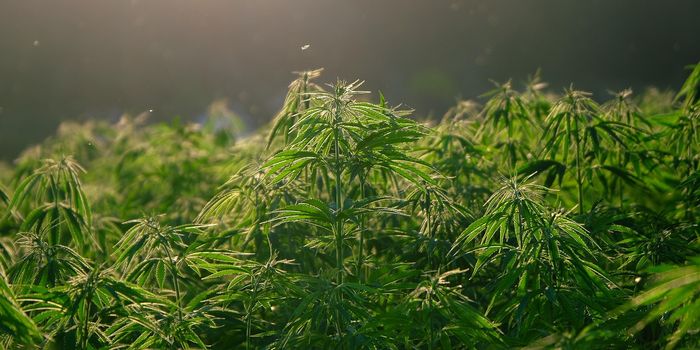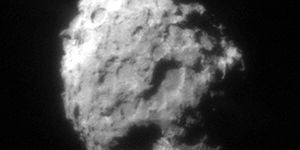Insect Conservation and Solar Energy: A Five-Year Study Reveals Surprising Results
How could solar energy facilities contribute to insect populations? This is what a recent study published in Environmental Research hopes to address as a team of researchers investigated how insect and plant populations in re-established habitats comprised of wildflowers and native grasses changed during a five-year period in the vicinity of photovoltaic (PV) solar array parks. This study holds the potential to help scientists, engineers, and conservationists gain greater insight into the ecological impact of solar farms on newly planted vegetation.
For the study, the researchers surveyed two solar sites located approximately 100 miles (160 km) apart in southern Minnesota, Eastwood Solar Site and Atwater Solar Site, between 2018 and 2022 for changes in insect and plant populations on restored land with native forbs and grasses. After conducting 358 observations of across sites, the researchers found increases in the biodiversity of both sites, including plant species and total insect abundance.
Image of wildflowers with solar panel arrays in the background. (Credit: Argonne National Laboratory/Lee Walston)
Image of a scientist from Argonne National Laboratory surveying wildflowers during the study. (Argonne National Laboratory/Lee Walston)
“This research highlights the relatively rapid insect community responses to habitat restoration at solar energy sites,” said Leroy Walston, who is a landscape ecologist and environmental scientist at the Argonne National Laboratory and lead author of the study. “It demonstrates that, if properly sited, habitat-friendly solar energy can be a feasible way to safeguard insect populations and can improve the pollination services in adjacent agricultural fields.”
While the researchers note this study shows promise in using solar sites as potential locations for habitat restoration, given the study was only conducted at two solar sites, further research is required at a variety of different solar sites to ascertain if those respective region’s ecological objectives can be met.
What new discoveries will researchers make about solar sites and their environmental impact in the coming years and decades? Only time will tell, and this is why we science!
As always, keep doing science & keep looking up!
Sources: Environmental Research, EurekAlert!, Argonne National Laboratory










